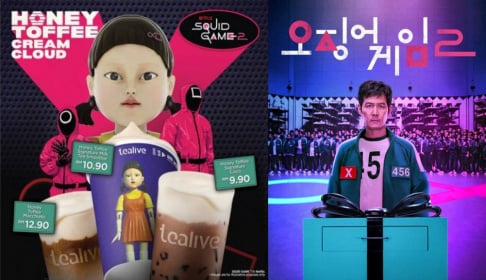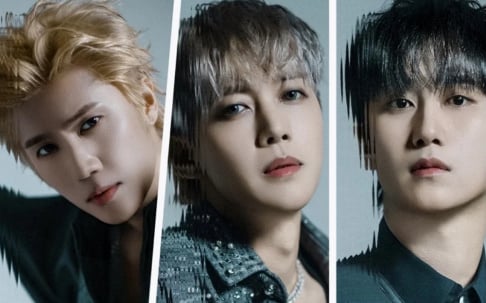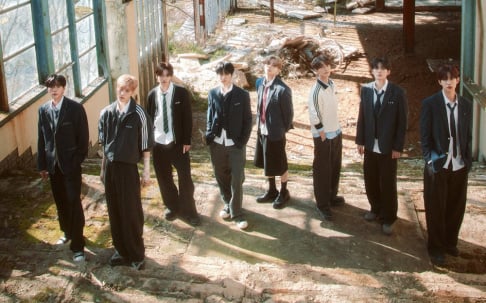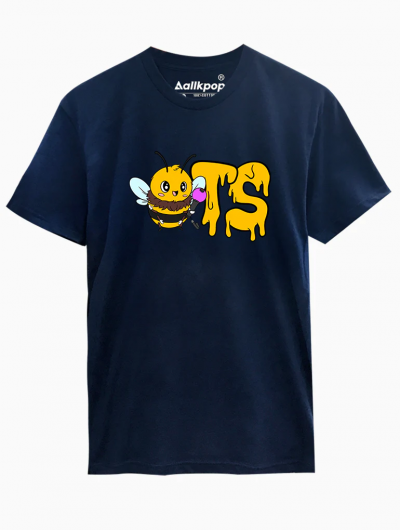
As the career span of a K-pop group gets longer, it’s common to see them branching out into new sounds, concepts, and configurations. One of the most prominent ways they do this is through the creation of subunits. These are smaller groups formed within the main group, allowing members to explore unique concepts or styles under a different identity.
What are subunits? Subunits are essentially mini-groups, typically made up of two or three members (but sometimes more), who come together to release music and promote under a separate name. The subunit’s style and concept often differ from the main group’s, allowing the members to showcase a different side of themselves. Some well-known subunits include BSS (from Seventeen), the various configurations of NCT (such as NCT Dream, NCT 127, and NCT U), and TaeTiSeo (TTS) from Girls’ Generation.
The concept of subunits is intriguing and opens up a world of creative possibilities. However, it sparks debate among fans—some embrace the idea wholeheartedly, while others feel hesitant about its impact on the group’s cohesion. So, the question arises: do subunits enrich a group’s artistry or dilute its overall identity?
From one perspective, subunits add depth and dimension to a group’s image. Iconic examples include TaeTiSeo’s timeless hit “Twinkle”, which became an instant fan favorite, and BSS’s viral sensation “Fighting”, as well as their OST for “Queen of Tears.” These subunits not only showcased the members’ individuality but also brought new fans to the main group. For instance, BSS demonstrated a fun, youthful, and comical side that contrasted with Seventeen’s typical masculine and hardcore concepts. This versatility resonated with listeners, even surprising many with the members’ vocal prowess as highlighted in the OST.
Moreover, subunits often give members more creative freedom, enabling them to experiment with music styles or themes they may not explore as part of the main group. This fosters artistic growth and can lead to unexpected breakthroughs, as seen with NCT’s multiple subunits catering to various genres and audiences.
On the flip side, some argue that subunits can inadvertently cause division within a group. Focusing on certain members for subunit promotions may create imbalances in popularity and opportunities, leaving other members overshadowed. Additionally, there’s concern that subunits could hint at future splinters within the group, as individual promotions might pull members in different directions over time.
Ultimately, whether subunits are a boon or a bane depends on how they’re handled by the group and their agency. They have the potential to highlight versatility and talent, but care must be taken to ensure that all members benefit from the exposure and that the group’s unity remains intact.
So, what’s your take on subunits? Are they a refreshing way to diversify a group’s image, or do they risk fragmenting the group’s core essence?
 SHARE
SHARE










































